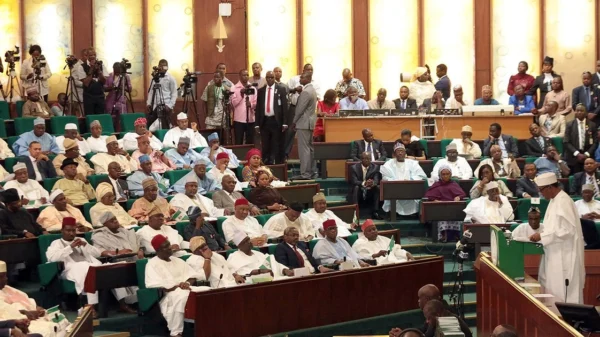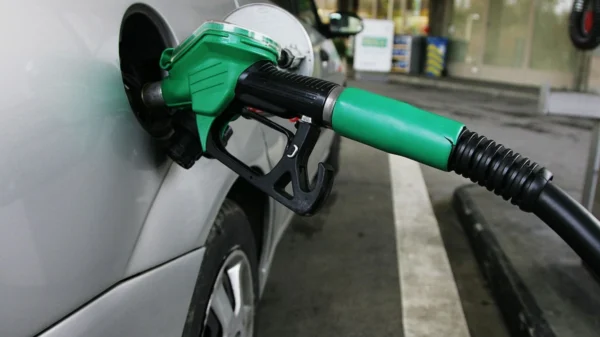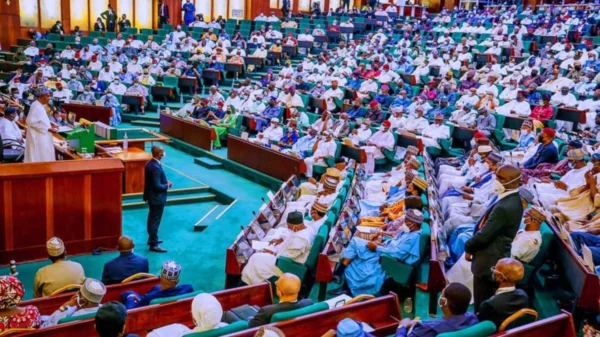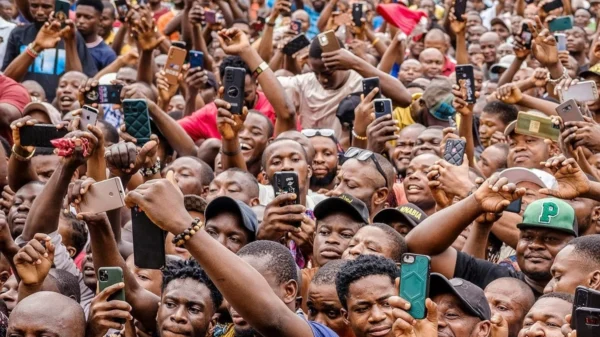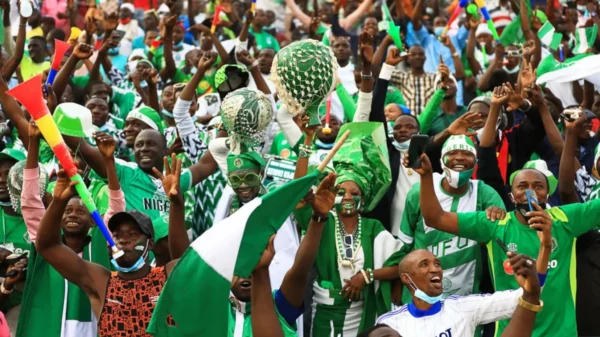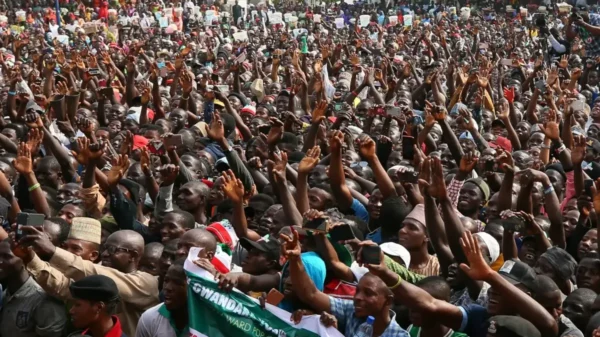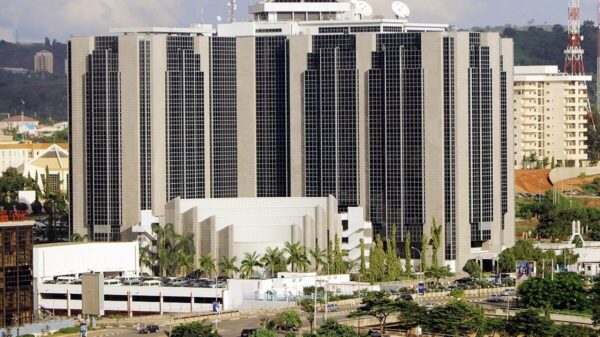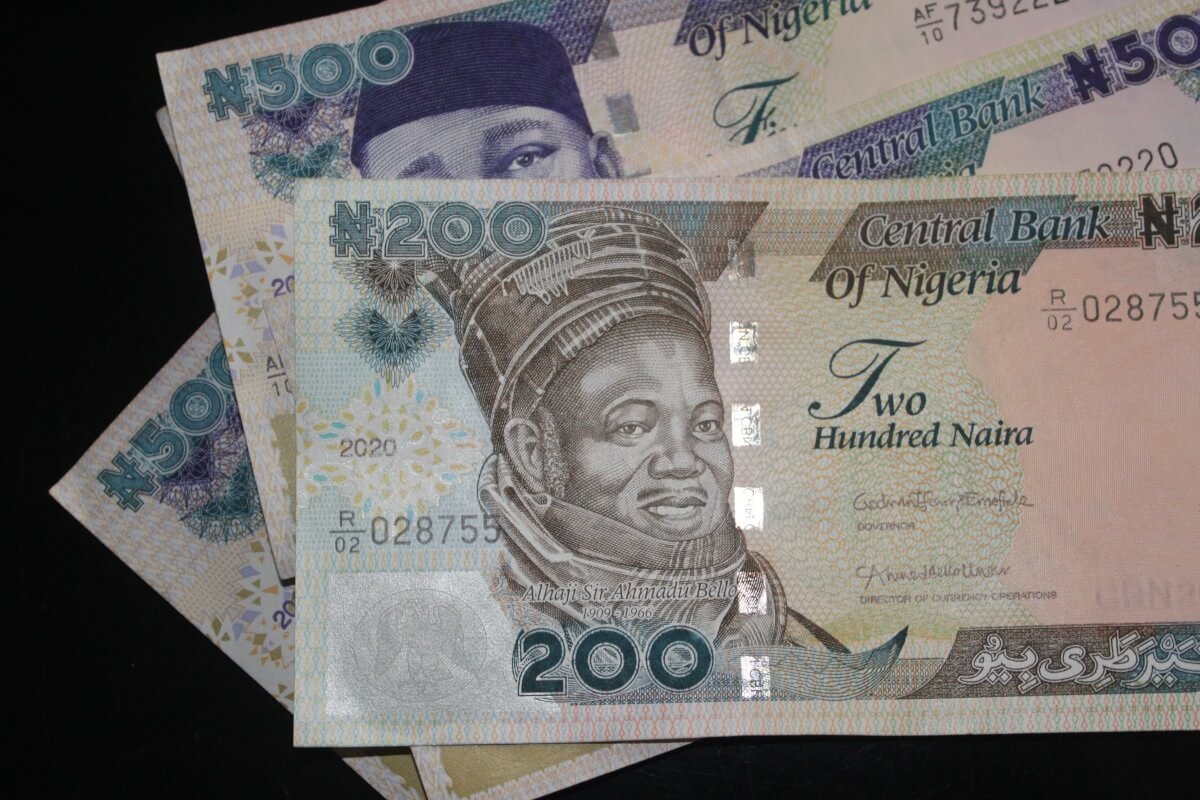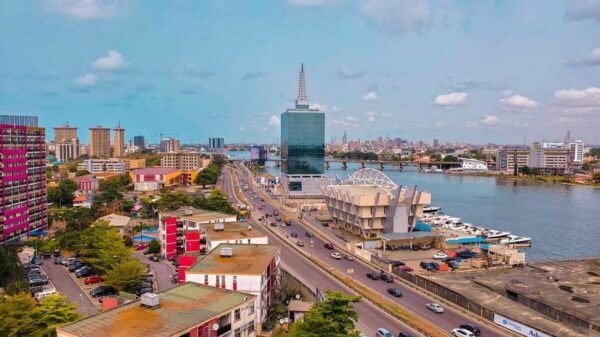I used to sit in Professor David Aworawo’s classes when I was younger and still unwise. One of his favoured phrases was ‘like a thief in the night’. You know, the day of the test will come like a thief in the night. Blessed are those awake, with their garments on; they shall go about and not be seen naked. I have likely jumbled up some verses, but that isn’t the point.
I recalled that phrase when I woke up to the news that our beloved and much stressed Naira is slated for an all-expenses paid makeover. That alone is good news, but what does a prettier Naira mean for us local holders?
Governor Godwin Emefiele, exercising the currency management powers of the institution he leads, set five objectives for the new policy.
First is the reduction of banknotes outside the vaults of the banking network. He cited data showing that over 85% of currency in circulation lies outside the reach of the banking system. I cross-checked at the CBN site. In March 2022, there was N3,245,597,550,000(N3.2tn) in circulation and N2,714,074,020,000(N2.7tn) of currency outside the banks. In other words, 84% of currency is held by users in cash.
Second, the policy aims to reduce the total naira in circulation. The governor cited a jump in the currency in circulation from N1.46tn in December 2015 to N3.23tn in September 2022.
Third, the change will reduce the number of filthy notes in use.
When the 1,000 naira note made its debut in October 2005, ₦442bn was outside the banks versus ₦520bn in total circulation.
Fourth, it will reverse the advances made by counterfeiters.
Five, it will disrupt the operations of cash-based criminal syndicates and render them visible through the need to transmit their cash through the banking system.
The above are the promises we look forward to when our revamped currency takes full effect as legal tender on January 31, 2023.
We can certainly expect newer, fragrant mint notes. The rest are more contingent. Let us examine each objective in turn.The N500 note became legal tender in April 2001. That month saw N286,697,400,000(N290bn) outside the banks from a total of N333,567,400,000(N334bn) in circulation. That meant 86% of the circulating naira was outside the ledgers of the banking network.
When the 1,000 naira note made its debut in October 2005, N442,183,200,000(N442bn) was outside the banks versus N520,458,200,000(N520bn) in total circulation. In other words, 85% of the total circulating currency was outside the banking system.
In November 2014, when the centenary 100 naira redesign was introduced, there was N1,319,192,860,000(1.3tn) outside the banks versus N1,577,889,360,000(1.58tn) total currency circulation. Please sit down. Are you shocked to learn that 84% of total circulation was outside bank vaults? It seems to me that there is a ceiling on cash circulation mere redesigns cannot fix. Although, since a mass redesign on this scale has never been attempted before, I am happy to be surprised.
Based on the above data, I doubt that the redesign will affect that statistic at all. Some 80 to 90 per cent of the Naira will avoid bank ledgers for the foreseeable future. That suggests an intrinsic problem. Perhaps Nigerians are uncomfortable using banking services or financial services aren’t attractive enough to lure deposits. Alternatively, there could be a general distrust towards the banks; perhaps, financial institutions think they do not need deposits enough to hustle for them. Either way, a currency redesign is like putting lipstick on a pig. It colours the pig’s lips, but doesn’t make’em kissable.
The above data also makes me question the possibility of a tangible reduction in the money supply. I understand the inflationary effects of excess money supply, but the CBN governor did not give us a proper metric with which to judge the results of his decision. Let’s try to construct one.
Using CBN statistics, let us see what the money supply was as a percentage of real GDP in 2001, 2005 and 2014. As of December 2001, there was N403,505,980,000(N404bn) in circulation. Annual real GDP that year was N26,935,320,000,000(N27tn). The money supply was 1.5% of real GDP. Using this same metric, it was 1.7% in 2005 and 2.6% in 2014. 2020 is the last year that the CBN provides data for annual real GDP. Repeating the same trick yields 4.1%.
The naira is very useful, but not so useful that it can be our Jack Bauer.
For the sake of comparisons, the USA, as of the third quarter of 2022, had $2,278,213,000,000($2.3tn) in circulating currency to a real GDP of $20,021,721,000,000($20tn). That is its circulating currency was 11.4% of GDP. However, given the many advantages of the USD, it is likely better if our central bank demonstrates tighter control over the money supply. Perhaps, the sweet spot is somewhere between 2 and 4 per cent? The appropriate level of money supply to stimulate the economy without creating hyperinflation is a subject I’d love to see debated more often.
All we have discussed so far are immediately recognisable as involving monetary policy. However, the plan to target criminals strikes me as a case of policy overreach. I must confess being unconvinced that the currency redesign can disrupt the kidnapping networks plaguing our federation. Those syndicates control billions in cash because they can extract that amount, through violence, from the broader populace. Nothing more, nothing less. They could light all their cash holdings on fire and lose nothing if they kidnap more people starting from February 1, 2023. While there is a role for financial intelligence in curbing and exposing criminal networks, a demonetisation policy strikes me as a less effective tool.
In conclusion, the changed currencies will give Nigerians prettier, cleaner notes and disrupt the operations of counterfeiters. Those are real benefits. But there are real limits to what monetary policy alone can achieve. Let’s not set high expectations. The naira is very useful, but not so useful that it can be our Jack Bauer.
The monetary success of the policy will ride on its ability to soak up excess currency in circulation and reduce the ratio of circulating currency to GDP. That might not be a good thing for the economic health of the Federation since shrinking the money supply will increase the cost of borrowing and reduce business investment. Regardless, that is a number that we can hold on to. If circulating currency as a percentage of Real GDP is less than 4.1% in 2023, we can judge the policy to have been successful. Three out of five is 60%. That’s a passing grade.
Emmanuel-Francis is a Nigerian nationalist. He is for clean streets, safe nights and full bellies. Please, indulge his verbosity; and join his campaign to abolish the African Union.


